Unlike many of its competitors, BYD controls its own destiny thanks to its highly vertically integrated business model: think batteries and chips. It’s got the momentum; it’s got the products; and it’s got the capacity. So the likelihood that it gets to 1.5 million NEVs, including electric vehicles, in 2022 is very high.
【日本語訳】BYDは2022年に電気自動車150万台を達成できるのか?
2022 is an important year for Chinese EV growth

The year 2022 is shaping up to be another banner year for China’s new energy vehicle (NEV) market.
The latest data released by China Association of Automobile Manufacturers (CAAM) on February 18 showed that 431,000 NEVs were sold in January, up 135.8 percent year-on-year. NEVs accounted for 17 percent of total vehicle sales, compared to 7.15 percent in January 2021, almost a full 10 percentage point increase.
This comes on the heels of a breakout year in 2021, in which NEV sales grew 2.5X to over 3.5 million units. China Passenger Car Association (CPCA), which also reports China’s new energy passenger vehicle (cars, SUVs and MPVs) sales monthly, is expecting sales of 5.5 million new energy PVs this year, according to its latest forecast. That’s slightly more bullish than CAAM, which had forecasted at the end of last year that overall NEV sales in 2022 would hit 5 million units.
The consensus seems to be: it’s going to be at least 5 million units, whether it’s NEVs or NEPVs (NEPVs account for the majority of NEV sales in China: the share was 97 percent in January and 95 percent in 2021).
※NEPV : new energy passenger vehicle
One of the big stories brewing this year is the huge rivalry and a yet-to-be confirmed battery supply agreement between BYD and Tesla (rumored to be around 200,400 units), two of the top selling NEV manufacturers in China and globally. Both are expecting huge growth again in 2022 coming off a humongous year in 2021: BYD is aiming to more than double NEV sales from last year’s close to 600,000 units to 1.2 million units this year, while Tesla sees global deliveries to grow at least 50 percent from last year’s record of nearly 940,000 units to roughly 1.5 million units.
What really made this rivalry more interesting as far as the sales volume race is concerned was a social media post released by BYD on February 11 revealing its main goals for 2022, one of which is to serve 3 million NEV customers by the end of the year.
For those that are keeping track, BYD had sold just over 1.5 million NEVs as of the end of 2021. The goal to serve 3 million NEV customers by the end of the year infers that BYD is aiming to add an additional 1.5 million NEV customers this year alone, which matches what is expected from Tesla, making the rivalry more interesting. The caveat is obviously BYD NEV sales include both BEVs and PHEVs, whereas Tesla sales are BEVs only, so not exactly apples to apples comparison, but nonetheless the potential volume is equally huge for both companies.
Will BYD sell 1.5 million NEVs in 2022? Can it sell 1.5 million NEVs in 2022?
First off, BYD has certainly got the momentum. It’s been riding high on it in recent weeks and months. Last week, it revealed its updated group and automotive brand logos just a few days after its new brand claim of “Technology, Green, Future” was revealed. In late January, it was ranked as the fastest growing automotive brand globally in the annual Brand Finance Global 500 brand rankings.
It even bucked industry trend in January by selling as many NEVs in the month (92,926 units) as it did in December (92,823 units), when end of the year push and phase out of subsidies drove industry sales to a record high of more than half a million units. To get to its public-stated target of 1.2 million NEVs, BYD simply must average 100,000 units a month, more than achievable considering seasonality, its current sales momentum, and a backlog of reportedly 300,000 orders it still needs to fulfill. It’s just a matter of time before monthly sales surpass 100,000 units and BYD becomes an all-NEV brand (NEVs accounted for nearly 98 percent of sales in January).
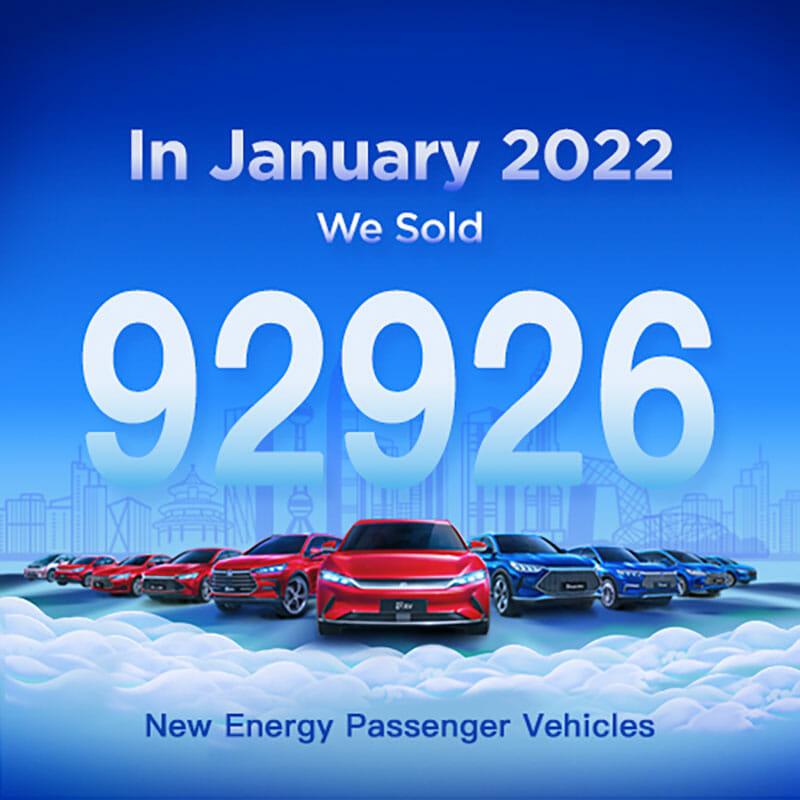
Second, BYD has certainly got the products. The Yuan Plus, the first A-class SUV based on BYD’s e-platform 3.0, which also underpins the wildly popular Dolphin (EA1) hatchback, just launched last week at a price range of RMB131,800-RMB159,800. This model also hit the Australian market on the same day as the ATTO 3 with deliveries expected in July. The Destroyer 05 sedan from BYD’s Ocean network and “Warship” series of products, slightly bigger than the Qin Plus, is due to hit the market in March. In Q3 the Landing Ship MPV roughly the size of the Buick GL8 is expected to hit the market with both PHEV and BEV versions, and in Q4, another Han-sized B-class sedan and a new plug-in hybrid SUV are due to hit the market as well.
In the “Bio” series of the Ocean network, three additional models are due to hit the market this year: the Seal compact sedan that’s slightly larger than the Model 3, the Seagull A00-class small car that’s slightly larger than the Wuling Hongguang MINIEV, and the Sea Lion B-class SUV slightly larger than the Model Y, reportedly with a range of 700 km and equipped with Huwei’s LiDAR.
And then there is still the Dynasty network where the Yuan Plus is a member of. This network already consists of the hot-selling Song, Tang and Han EVs, and is expected to add the refreshed Han DM-i, Tang DM-i and the New Han EV in addition to the Song MAX DM-i which recently began pre-sale with official launch expected in March.
※DM-i : A PHEV model from BYD
Here’s a run-down of the different BYD NEV models that are either available on the market now or will be available this year and in early 2023 (new models launching in 2022 are highlighted):
| Series | Model | Launching |
|---|---|---|
| Ocean Network | ||
| Bio Series | Seagull | Q2 2022 |
| Dolphin | Available Now | |
| Seal | Q1 2022 | |
| Sea Lion | Q3 2022 | |
| Warship Series | Destroyer 05 | Q1 2022 |
| Destroyer 07 | Q4 2022 | |
| Cruiser 05 | Q1 2022 | |
| Cruiser 07 | Q4 2022 | |
| Landing Ship 05 | Q1 2023 | |
| Landing Ship 07 | Q3 2022 | |
| Dynasty Network | ||
| Qin Series | Qin Plus EV | Available Now |
| Qin Plus DM-i | Available Now | |
| Song Series | Song Plus EV | Available Now |
| Song Plus DM-i | Available Now | |
| Song MAX DM-i | Q2 2022 | |
| Yuan Series | Yuan Pro EV | Available Now |
| Yuan Plus EV | Q1 2022 | |
| Han Series | Han EV | Available Now |
| Han DM | Available Now | |
| Han DM-i | Q2 2022 | |
| New Han EV | Q2 2022 | |
| Tang Series | Tang EV | Available Now |
| Tang DM-i | Available Now | |
| New Tang EV | Q2 2022 | |
| Ming Series | Ming EV | 2023 |
| Ming DM-i | 2023 | |
| *based on public information and author’s intel | ||
In total, BYD is launching more than a dozen new or refreshed NEV models in 2022, many of which will be based on its e-platform 3.0.
Third, BYD has the production capacity, and it’s adding more. It currently has three plants producing vehicles and five more are expected to start production this year, with combined annual production capacity of at least 2 million vehicles.
Here’s a run-down of the plants, their estimated capacity by yearend and models produced:
Shenzhen (Han+Tang+e6): 30,000/month
Xi’an Phase 1+2 (Qin+Song): 50,000-60,000/month
Changsha (Dolphin+Yuan Pro+e2): 25,000-30,000/month
Xi’an Phase 3: SOP August, 20,000/month
Changzhou: SOP January (Yuan Plus+Seal+Sea Lion), 20,000/month
Fuzhou (Jiangxi): SOP April, 20,000/month
Hefei: SOP June, 40,000/month
Jinan: SOP August, 20,000/month
Zhengzhou: SOP October, 20,000/month
It’s a little scary the level of capacity as well as the number of new models BYD is adding in 2022. So I would not be surprised at all if it does indeed get to 1.5 million vehicles, and it seems 1.2 million is already a foregone conclusion.
Report by Lei Xing
Source : BYD social media post: https://mp.weixin.qq.com/s/EZnp4Q9mi-mOpkLXwES3_w
BYD hints at sales target of 1.5 million units this year on CNEVPOST
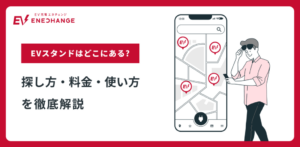
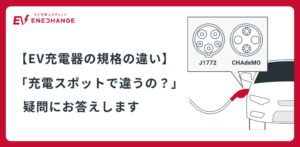
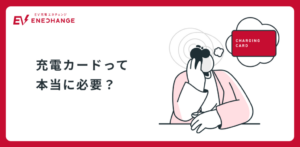

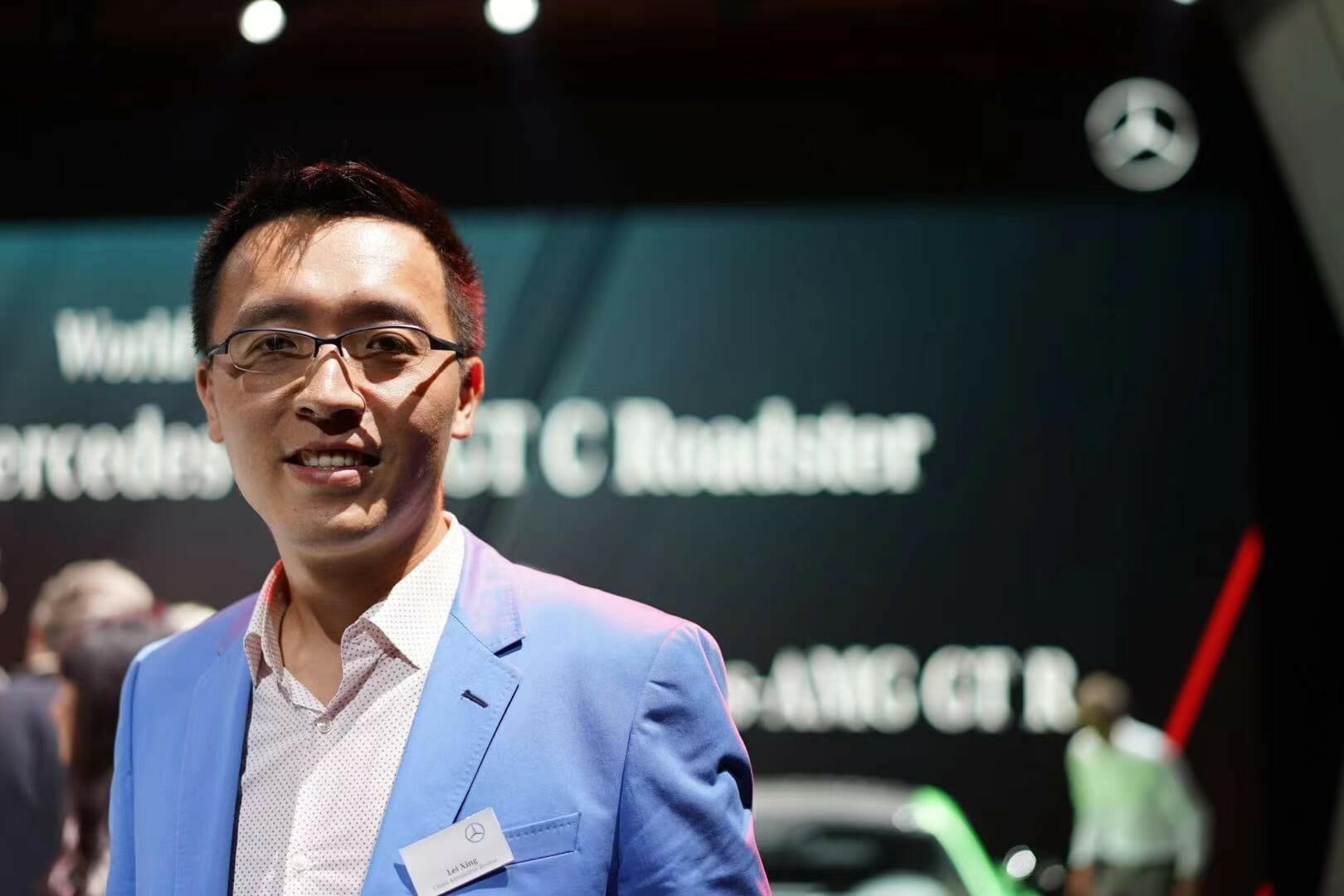
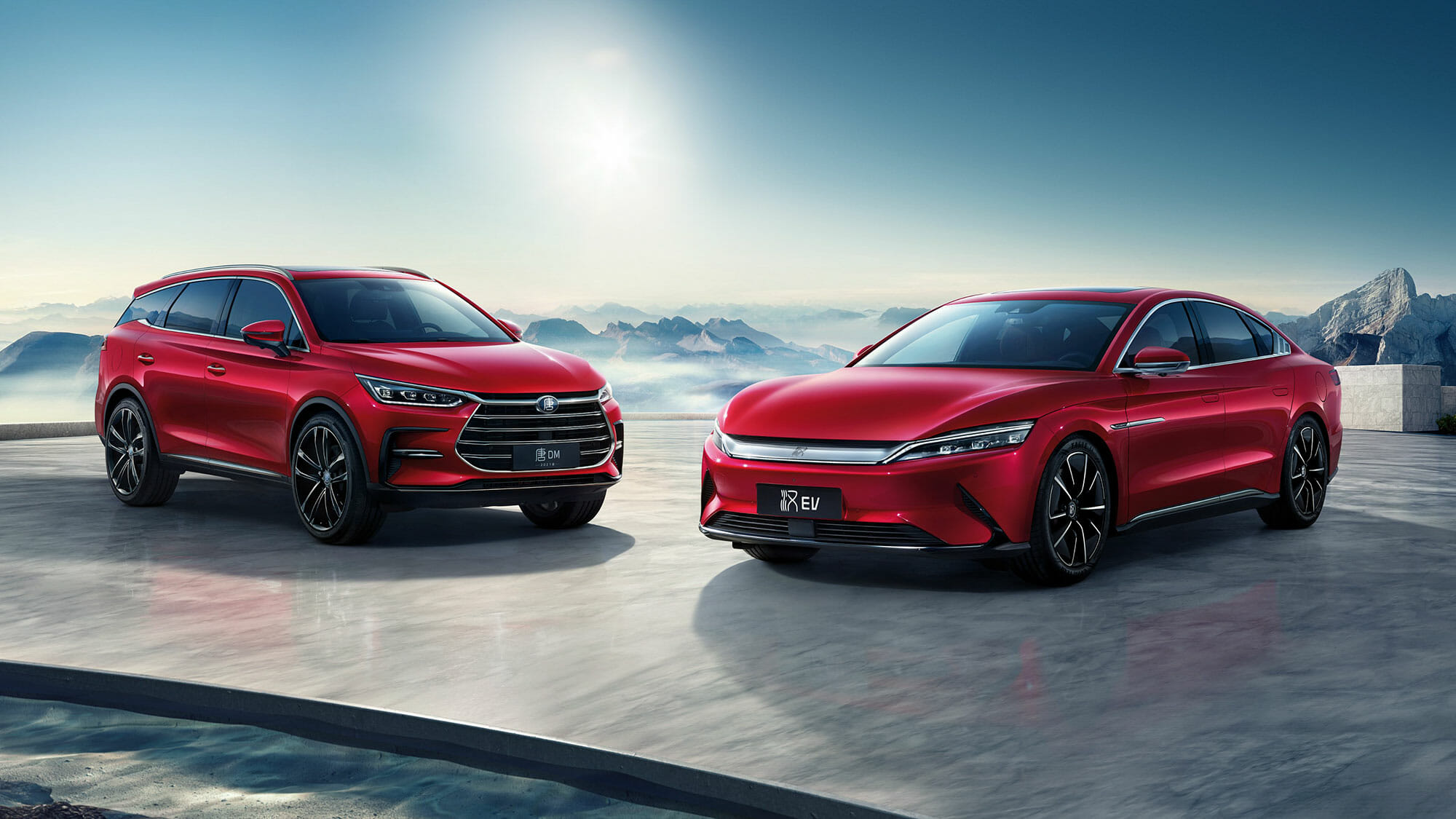
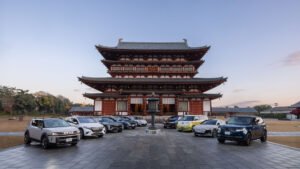

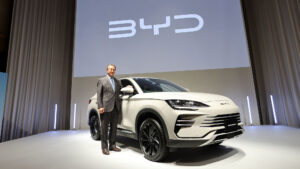
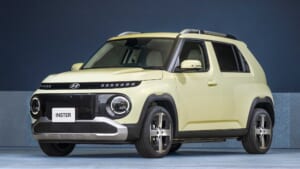

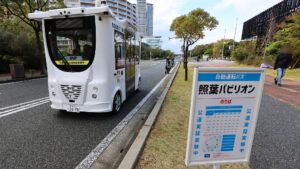

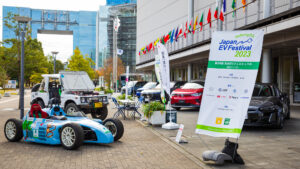
コメント